Paprika: The Colorful, Flavorful Star of the Spice World
Ever wondered what makes your favorite Hungarian goulash or Spanish chorizo so vibrant and delicious? The answer is often paprika. But what’s paprika, exactly? In this article, we’ll dive deep into the world of paprika—its origins, types, uses, and why it’s a must-have in every spice rack. Whether you’re a seasoned chef or just starting to explore the spice world, this guide has something for you!
Table of Contents
What’s Paprika?
Paprika is a spice made from dried and ground red peppers. It’s commonly used in European and Middle Eastern cuisines, especially in Hungary, Spain, and Portugal. The name “paprika” comes from the Hungarian word for pepper, but it’s not just a single type of spice—it’s actually a category with several varieties.
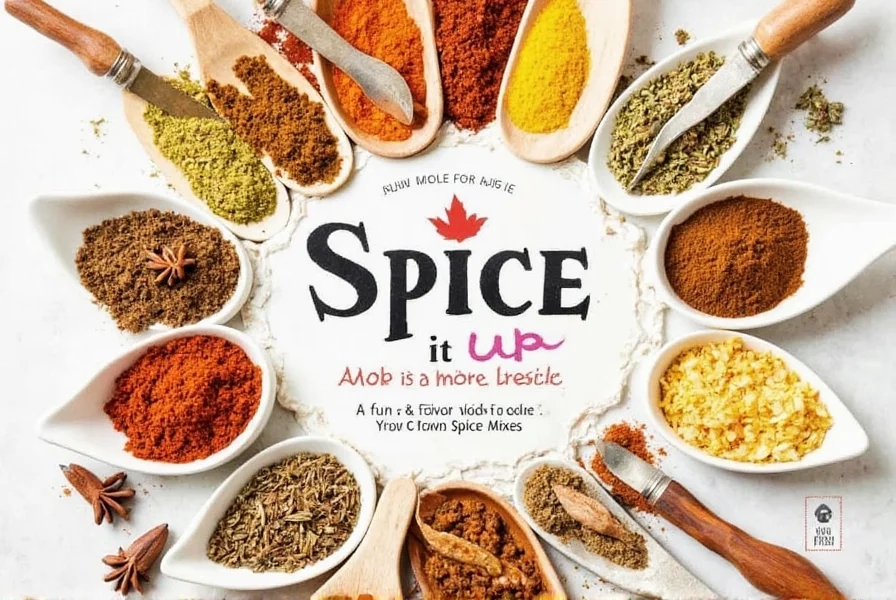
One of the most common misconceptions is that all paprika is hot. That’s not true. Depending on the type of pepper used, paprika can range from sweet and mild to fiery and spicy. So, if you're looking for heat, make sure to choose the right variety.
Why Paprika Matters
Paprika isn’t just about flavor—it adds color too. It gives dishes like saffron rice or smoked meats their signature red hue. Plus, it brings a unique depth of flavor that’s hard to replicate with other spices. It’s also packed with antioxidants, making it a healthy addition to your meals.
Types of Paprika
There are several types of paprika, each with its own flavor profile and use case. Here’s a quick breakdown:
| Type | Flavor | Heat Level | Best For |
|---|---|---|---|
| Sweet Paprika | Mild, slightly sweet | Low | Spanish chorizo, paella, stews |
| Bell Paprika | Mild, slightly fruity | Very low | Roasting, salads, sauces |
| Smoked Paprika | Earthy, smoky | Medium to high | Grilled meats, soups, rubs |
| Hungarian Hot Paprika | Spicy, slightly sweet | High | Stuffed peppers, paprikash, spicy dishes |
| Spanish Smoked Paprika (Pimentón) | Intensely smoky, rich | High | Chorizo, tapas, grilled fish |
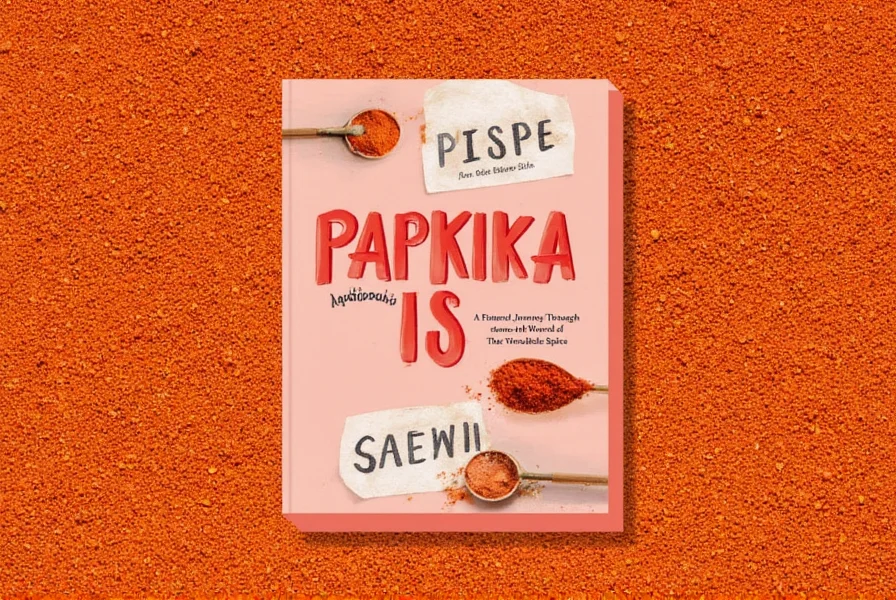
How to Use Paprika
Now that you know the basics, let’s talk about how to use paprika in your cooking. Here are some practical tips to get you started:
- Season meats: Sprinkle paprika on chicken, pork, or beef before grilling or roasting for added flavor and color.
- Add to sauces: Mix paprika into tomato-based sauces, chili, or stews to enhance their taste and appearance.
- Make rubs: Combine paprika with garlic, salt, and olive oil for a simple and effective meat rub.
- Use in soups: Add a pinch of paprika to potato soup, borscht, or gazpacho for extra depth.
- Finish dishes: Sprinkle a little paprika over deviled eggs, roasted vegetables, or creamy pasta for a final touch.
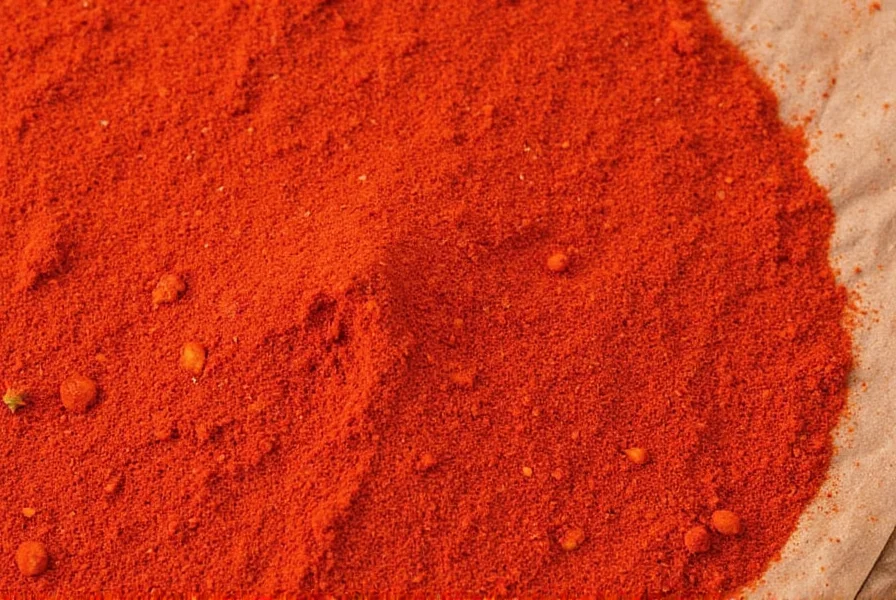
One important tip: don’t overdo it. A little paprika goes a long way. Start with a small amount and adjust to taste. Also, remember that different types of paprika have different intensities, so choose wisely based on the dish you’re making.
Buying Guide
When shopping for paprika, there are a few things to keep in mind. Here’s a detailed buying guide to help you choose the best paprika for your needs:
Top Paprika Brands & Products
- Cummins Paprika (Hungarian Sweet)
- Features: Made from premium Hungarian peppers, finely ground, with a sweet and mild flavor.
- Advantages: Versatile, great for everyday cooking.
- Use Cases: Paella, soups, and stews.
- Target Audience: Home cooks and casual chefs.
- Suitable Occasions: Weeknight dinners, family gatherings.
- La Posta Smoked Paprika
- Features: Smoke-cured, rich, and smoky with a medium heat level.
- Advantages: Adds a deep, complex flavor to dishes.
- Use Cases: Grilled meats, stews, and sauces.
- Target Audience: BBQ enthusiasts and gourmet cooks.
- Suitable Occasions: Barbecues, holiday feasts, and special occasions.
- El Guapo Pimentón de la Vera
- Features: Spanish smoked paprika, intensely smoky and full-bodied.
- Advantages: Perfect for authentic Spanish recipes.
- Use Cases: Chorizo, tapas, and grilled seafood.
- Target Audience: International cuisine lovers.
- Suitable Occasions: Tapas nights, Spanish-inspired meals.
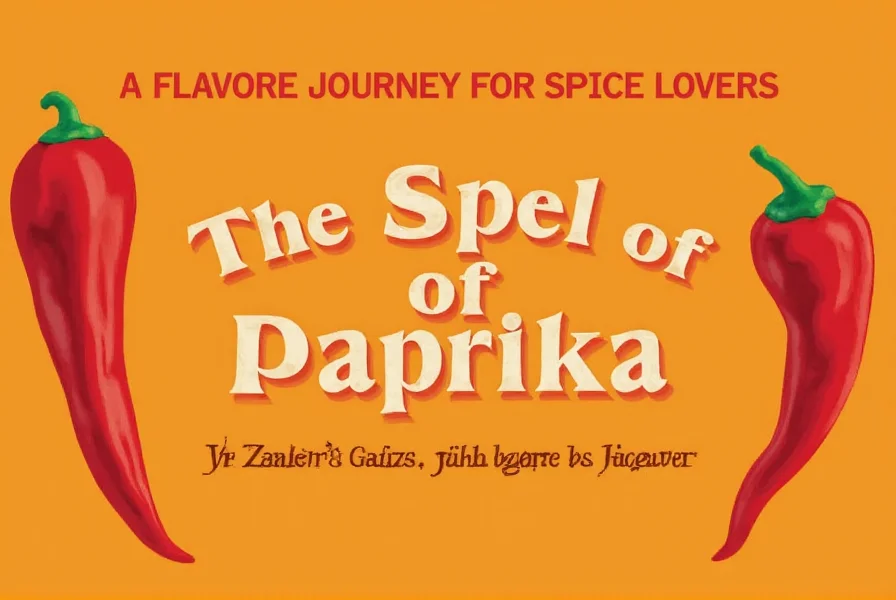
When selecting paprika, look for a fine, even texture without any lumps. Fresh paprika should have a strong aroma and a vibrant red color. Avoid products with added fillers or preservatives if possible. And always check the label to see which type of paprika you’re getting—sweet, smoked, or hot.
If you're unsure, start with a small package of sweet paprika, as it’s the most versatile. Once you get the hang of it, you can experiment with other varieties to find your favorites.
Conclusion
In summary, paprika is more than just a colorful spice—it’s a flavorful powerhouse that can elevate any dish. From its sweet, mild variants to its fiery, smoky counterparts, paprika offers a wide range of flavors and uses. Whether you're making a hearty stew, grilling up some meat, or simply adding a pop of color to your plate, paprika has got you covered.

So, next time you reach for the spice rack, don’t forget to grab a pinch of paprika. It’s not just what’s paprika—it’s what makes your food shine.

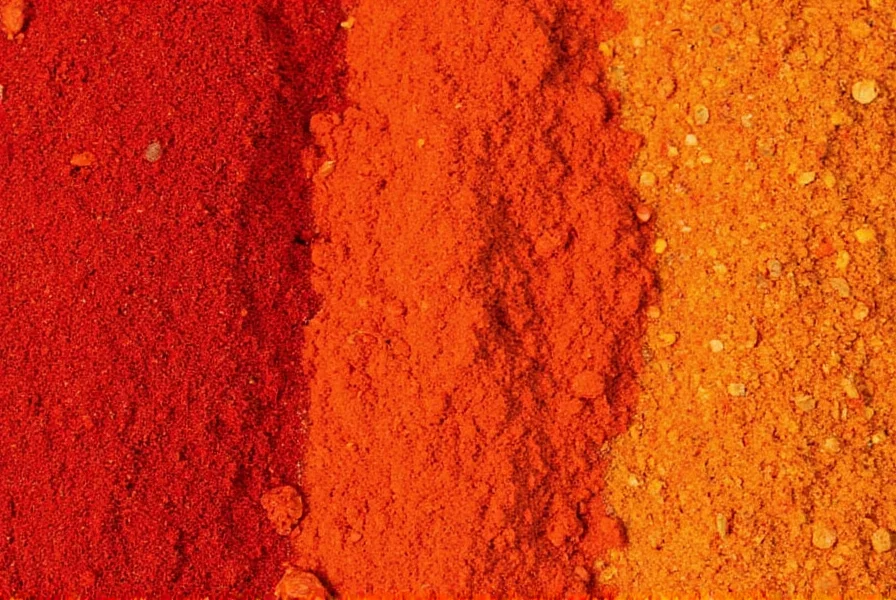









 浙公网安备
33010002000092号
浙公网安备
33010002000092号 浙B2-20120091-4
浙B2-20120091-4